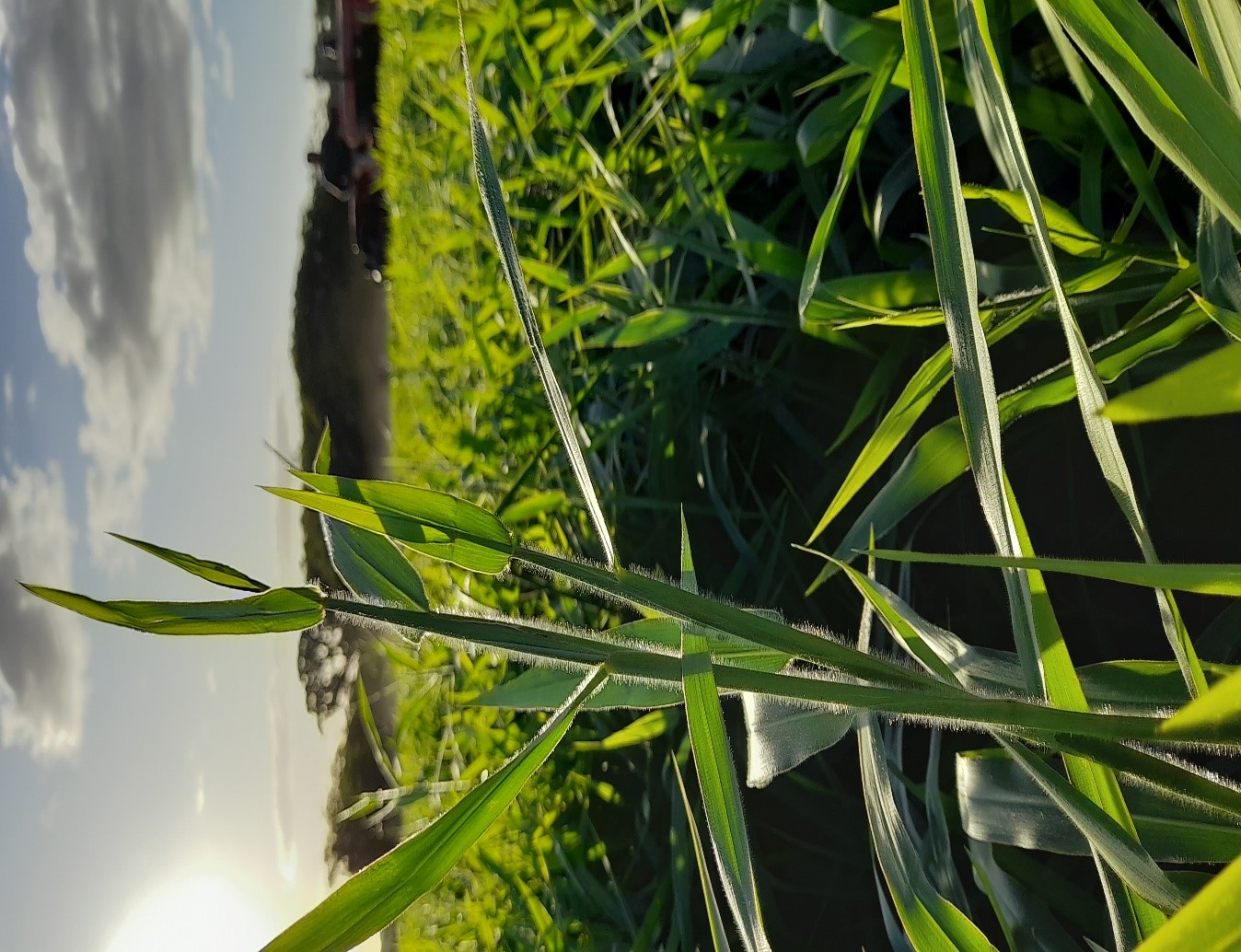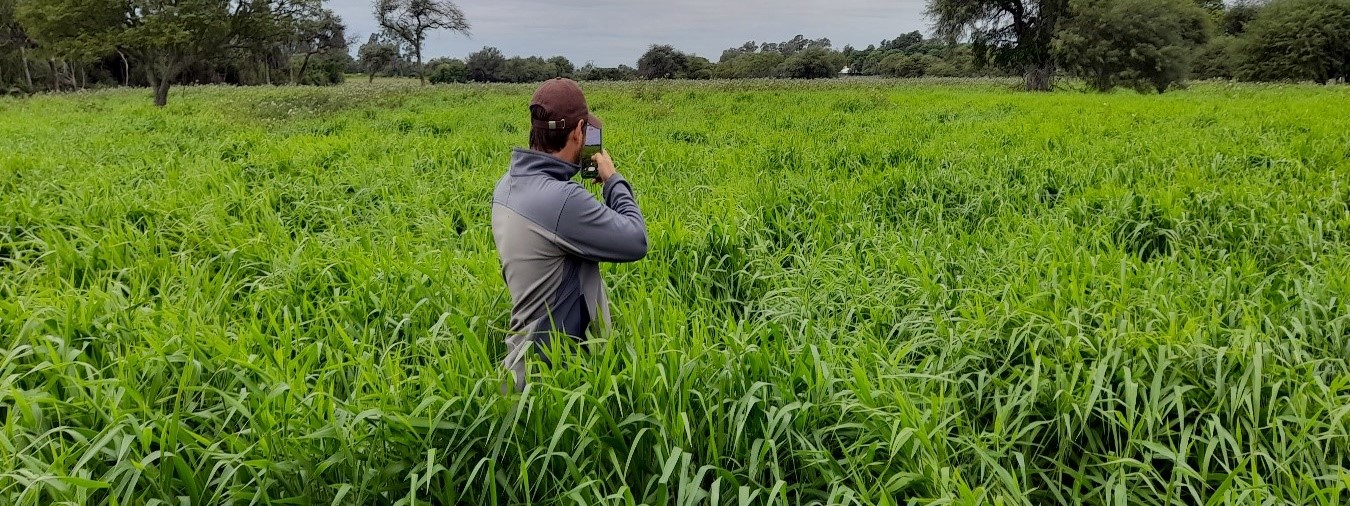The grasses of the genus Brachiaria are one of the most used for pasture in Tropical America, being used in fields for breeding, rearing and fattening cattle. They adapt to the most varied soil and climate conditions, occupying more and more space due to their satisfactory forage production in low to medium fertility soils.
In addition to its use as fodder, its use as ground cover has become relevant in recent times, where this practice aims to protect the soil, reducing the risk of erosion and making the environment more conducive to the cycle of the nutrients contained in it. on the sheets. They also prevent the loss of soil nutrients and contribute to the maintenance and/or improvement of its physical, chemical and biological attributes.
Brachiaria ruziziensis is a highly recommended variety for ground cover. Its aggressiveness in establishment, weed control, soil structuring and easy drying make it the main variety for this purpose.
This variety should be planted in areas without drainage problems and in regions that do not present problems with pasture spittlebugs, considered its main pest.
On the other hand, in plots where the objective is direct grazing or making reserves, the association with Brachiaria Piata is recommended because it is a pasture that is not aggressive in its development. Standing out agronomically for being an erect variety with greater palatability and nutritional quality than Toledo, although it may have lower production.
In addition, it presents an excellent behavior in dry periods, generating greater productive stability between years, as well as greater seed production, presenting a greater number of flower clusters compared to Marandu and Toledo. And from the sanitary point of view, it presents tolerance to Salivazo.
For all of the above, Brachiaria Piata stands out in said consociation for its erect habit, palatability, production, quality, productive stability and greater health, while Brachiaria ruziziensis would contribute with its creeping growth, rapid soil cover, structuring of the due to its abundant and deep root system. In turn, this root system leads to better soil aeration and better nutrient translocation in the soil profile, this being important in soils with deficient fertility.
From the environmental point of view, C dioxide is incorporated into the systems mainly by plant photosynthesis, which is why the greater coverage that occurs with the mixtures generates an increase in the net production of aerial parts and roots. This increases the capture of greenhouse gases by the pasture, having a greater impact in reducing the concentration of CO2 in the atmosphere.



